Home>Home Appliances>Laundry Appliances>How To Dispose Of An Old Washing Machine
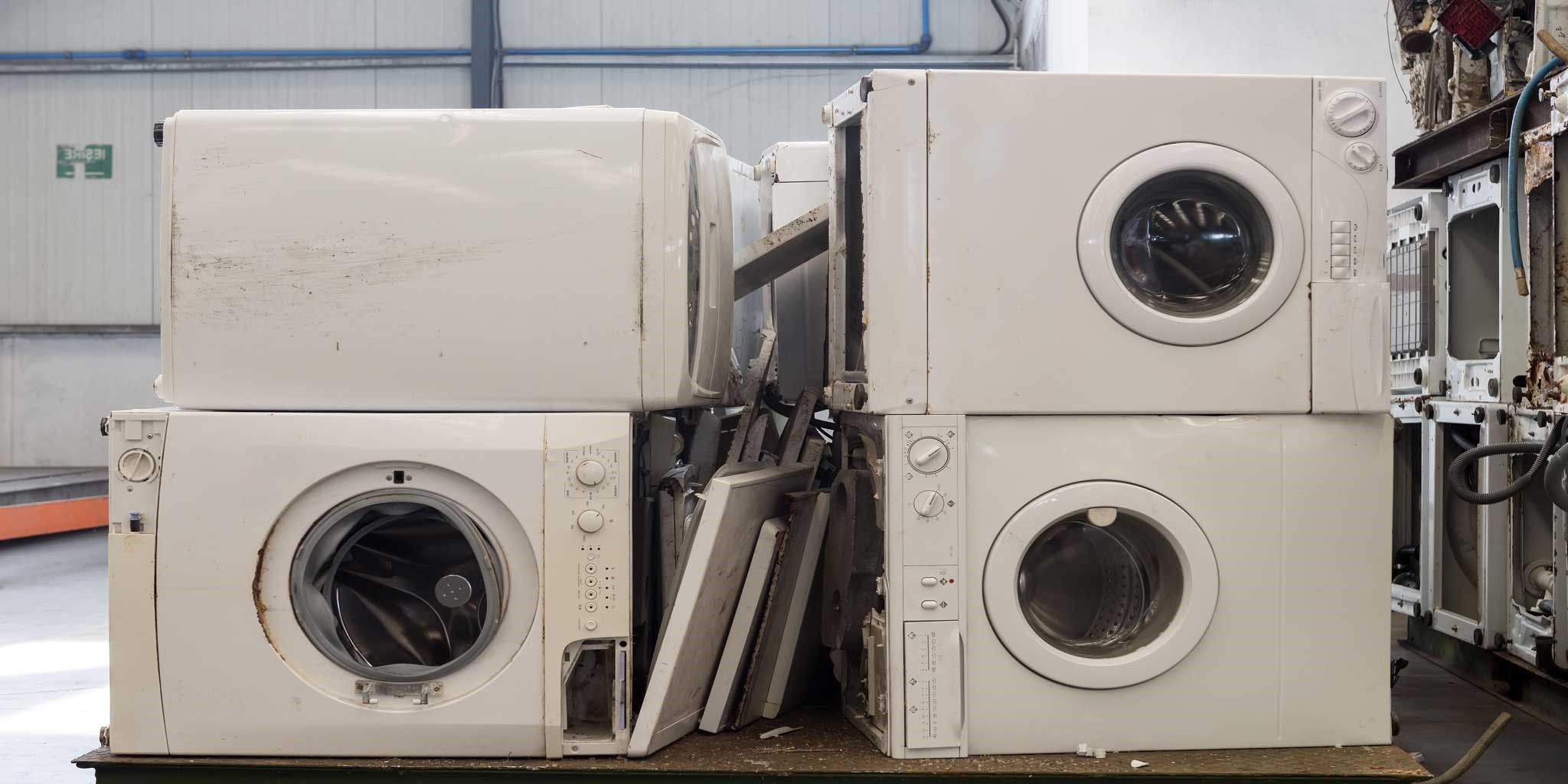

Laundry Appliances
How To Dispose Of An Old Washing Machine
Modified: February 27, 2024
Learn the proper way to dispose of your old washing machine and other laundry appliances. Find eco-friendly disposal options and recycling centers near you.
(Many of the links in this article redirect to a specific reviewed product. Your purchase of these products through affiliate links helps to generate commission for Storables.com, at no extra cost. Learn more)
Introduction
When it comes to upgrading your laundry appliances, disposing of an old washing machine is a task that requires careful consideration. Whether you're replacing your trusty old washer with a newer model or simply need to get rid of a malfunctioning unit, knowing how to properly dispose of a washing machine is essential for both environmental and safety reasons.
Old washing machines can contain various components that are not suitable for regular disposal methods, such as the motor, drum, and electrical wiring. Improper disposal of these appliances can lead to environmental pollution and pose risks to human health. Therefore, it's crucial to follow the appropriate steps to ensure that your old washing machine is disposed of in an eco-friendly and responsible manner.
In this comprehensive guide, we will walk you through the step-by-step process of safely and efficiently disposing of your old washing machine. From disconnecting the appliance and preparing it for disposal to finding a recycling center or disposal service and transporting the machine, we've got you covered. By following these guidelines, you can contribute to environmental sustainability while ensuring the safe removal of your old washing machine.
So, if you're ready to bid farewell to your old washing machine and make room for a new one, let's dive into the details of how to properly dispose of this essential household appliance.
Key Takeaways:
- Safely disposing of an old washing machine involves disconnecting, cleaning, and securing it before finding a recycling center or disposal service. Transport it securely to the facility for proper dismantling, material recovery, and responsible disposal.
- When getting rid of an old washing machine, unplug it, clean and secure it, then find a recycling center or disposal service. Transport it safely for dismantling, material recovery, and responsible disposal to protect the environment and human health.
Read more: How Old Is My Maytag Washer
Step 1: Disconnecting the Washing Machine
Before embarking on the process of disposing of your old washing machine, it's crucial to start with the initial step of disconnecting the appliance from its power source and water supply. This step is essential for ensuring safety and facilitating the subsequent stages of the disposal process.
Unplug the Washing Machine
The first and foremost action to take when disconnecting your washing machine is to unplug it from the electrical outlet. This simple yet critical step ensures that the appliance is completely disconnected from the power source, minimizing the risk of electrical hazards during the removal process.
Turn Off the Water Supply
In most cases, washing machines are connected to a water supply for the inlet valve. To disconnect the appliance, locate the shut-off valve for the water supply line connected to the washing machine. Turn the valve in a clockwise direction to shut off the water flow to the appliance. Once the water supply is turned off, disconnect the hoses from the back of the washing machine, ensuring that any residual water is drained from the hoses and the appliance.
Clear the Drain Hose
To prevent any potential water spillage during the removal process, it's important to clear the drain hose of any remaining water. This can be done by placing a shallow container beneath the hose and carefully detaching it from the drainage pipe. Allow any residual water to drain into the container before completely removing the hose from the drainage system.
Read more: How To Dispose Of An Old Bathtub
Secure Loose Components
Before moving the washing machine, it's advisable to secure any loose components, such as the detergent dispenser, lint trap, or any detachable accessories. This precautionary measure helps prevent damage to the appliance and ensures that all parts are safely transported during the disposal process.
By meticulously following these steps to disconnect your washing machine, you can lay the groundwork for a smooth and safe disposal process. With the appliance safely disconnected from its power and water sources, you're now ready to proceed to the next phase of preparing the washing machine for disposal.
Step 2: Preparing the Washing Machine for Disposal
Once the washing machine is disconnected from its power and water sources, the next crucial step is to prepare it for disposal. This involves several key actions to ensure that the appliance is ready for safe removal and environmentally responsible disposal.
Clean the Washing Machine
Before transporting the washing machine for disposal, it's important to clean the appliance to remove any accumulated dirt, detergent residue, or mold. Start by wiping down the exterior of the washing machine with a mild detergent solution and a clean cloth. Pay attention to areas such as the door seal, control panel, and exterior surfaces to ensure that the appliance is free from any debris or contaminants.
Secure Moving Parts
To prevent any potential damage during transportation, it's essential to secure any moving parts within the washing machine. This includes securing the drum or agitator to prevent it from moving or sustaining damage while being transported. Additionally, if the washing machine has a locking mechanism for the drum, ensure that it is engaged to prevent any internal movement during transit.
Read more: How To Dispose Of Old Glassware
Remove or Secure Fragile Components
Certain washing machine models may have fragile components, such as glass doors or delicate control panels. If applicable, these components should be removed or securely protected to prevent breakage or damage during the disposal process. Carefully detach any removable parts and pack them separately to ensure their safe handling.
Disconnect and Secure Cables
If the washing machine is equipped with any detachable cables or wiring, such as power cords or control panel cables, it's important to disconnect and securely bundle these components. Use cable ties or twist ties to organize and secure the cables, preventing them from becoming entangled or damaged during transportation.
Label Hazardous Materials
Some older washing machines may contain hazardous materials, such as mercury switches or lead components. If you suspect that your appliance contains such materials, it's advisable to label the washing machine as "hazardous waste" to alert disposal personnel. This ensures that the appliance is handled and disposed of in accordance with relevant safety regulations.
By diligently preparing your washing machine for disposal, you can streamline the removal process and contribute to the safe and responsible disposal of the appliance. With the appliance cleaned, secured, and labeled as necessary, you're now ready to proceed to the next phase of finding a suitable recycling center or disposal service for your old washing machine.
Step 3: Finding a Recycling Center or Disposal Service
Once your old washing machine is prepared for disposal, the next crucial step is to find a suitable recycling center or disposal service to ensure that the appliance is handled in an environmentally responsible manner. When seeking a recycling center or disposal service for your washing machine, consider the following options:
-
Local Recycling Centers: Many communities have designated recycling centers that accept old appliances for proper disposal. These facilities are equipped to handle the dismantling and recycling of washing machine components, ensuring that valuable materials are recovered and hazardous substances are disposed of safely.
-
Retailer Take-Back Programs: Some appliance retailers offer take-back programs for old appliances when purchasing a new unit. Inquire with the retailer where you plan to purchase your new washing machine to see if they provide a service for collecting and disposing of your old appliance.
-
Municipal Bulk Waste Collection: Check with your local municipal waste management department to inquire about bulk waste collection services. Some municipalities offer scheduled pick-up services for large items, including old appliances, providing a convenient disposal option for residents.
-
Private Disposal Services: There are companies that specialize in the collection and disposal of old appliances. These private disposal services often ensure that appliances are recycled or disposed of in compliance with environmental regulations, offering a convenient solution for homeowners.
-
Manufacturer Recycling Programs: Certain appliance manufacturers have established recycling programs for their products. Explore whether the manufacturer of your washing machine offers a recycling initiative that allows you to return the old appliance for proper disposal.
When selecting a recycling center or disposal service, it's important to inquire about their procedures for handling old washing machines. Ensure that the chosen facility or service adheres to environmental regulations and ethical disposal practices to minimize the impact on the environment.
By choosing a reputable recycling center or disposal service, you can contribute to the sustainable management of electronic waste while ensuring that your old washing machine is handled responsibly. Once you have identified a suitable recycling center or disposal service, you can proceed to the next phase of transporting the washing machine for proper disposal.
Remember, the proper disposal of your old washing machine not only benefits the environment but also promotes safety and sustainability within your community.
Read more: How Old Is My Whirlpool Washing Machine
Step 4: Transporting the Washing Machine
With your old washing machine prepared for disposal and a recycling center or disposal service identified, the next critical step is to arrange for the transportation of the appliance to its final destination. Transporting a washing machine requires careful planning and attention to ensure that the appliance is safely and securely moved without causing damage to the surroundings or the appliance itself.
Assessing Transportation Options
Before initiating the transportation process, consider the available options for moving the washing machine to the recycling center or disposal service. If you have access to a suitable vehicle, such as a pickup truck, van, or trailer, you may opt to transport the appliance yourself. However, it's important to ensure that the vehicle is equipped to safely accommodate the size and weight of the washing machine, and that appropriate lifting and securing equipment, such as straps or tie-downs, are available.
Alternatively, if transporting the washing machine yourself is not feasible, consider enlisting the services of a professional moving or hauling company. Many companies specialize in the transportation of large and heavy items, including appliances, and can provide the necessary equipment and expertise to safely move the washing machine to its designated disposal location.
Securing the Washing Machine for Transport
Regardless of the transportation method chosen, it's crucial to securely prepare the washing machine for transit. Start by carefully maneuvering the appliance to a suitable loading area, ensuring that any pathways or doorways are clear and free from obstacles. If the washing machine needs to be moved down stairs or through narrow spaces, enlist the assistance of additional individuals to ensure a safe and controlled transfer.
Once the washing machine is positioned for loading, use appropriate lifting techniques, such as bending at the knees and keeping the back straight, to lift the appliance onto the transportation vehicle or equipment. Secure the washing machine in place using heavy-duty straps, tie-downs, or other securing mechanisms to prevent shifting or tipping during transit. It's essential to distribute the securing points evenly to maintain stability and balance while the appliance is being transported.
Coordinating the Transportation Process
If you have engaged the services of a professional moving or hauling company, communicate the specific requirements for transporting the washing machine to the designated disposal location. Provide clear instructions regarding any delicate components, hazardous materials, or special handling considerations to ensure that the appliance is transported in accordance with safety and environmental guidelines.
For those transporting the washing machine independently, plan the route to the recycling center or disposal service in advance, taking into account any potential obstacles or traffic conditions along the way. Drive cautiously and adhere to all traffic regulations to ensure a smooth and safe transportation process.
By carefully assessing transportation options, securing the washing machine for transport, and coordinating the transportation process, you can ensure that the appliance is safely and efficiently moved to its final destination for proper disposal. With the washing machine on its way to the recycling center or disposal service, you're one step closer to completing the responsible disposal of your old appliance.
Read more: How To Dispose Of Old Blinds
Step 5: Disposing of the Washing Machine
Upon reaching the designated recycling center or disposal service, the final step involves the actual disposal of the washing machine. This phase is crucial for ensuring that the appliance is processed in an environmentally responsible manner, with its components either recycled or disposed of in compliance with relevant regulations.
At the recycling center or disposal facility, trained personnel will oversee the proper handling of the washing machine. The appliance will undergo a series of steps to facilitate its disposal, which may include:
-
Dismantling: The washing machine will be carefully disassembled to separate its various components. This process allows for the extraction of valuable materials such as metal, plastic, and electronic circuitry, which can be recycled for future use.
-
Material Recovery: After dismantling, the recyclable materials recovered from the washing machine, such as steel, copper, and plastic, will be sorted and processed for recycling. This sustainable approach minimizes the consumption of raw materials and reduces the environmental impact associated with manufacturing new products.
-
Hazardous Waste Management: If the washing machine contains hazardous components, such as mercury switches or lead-based parts, these materials will be handled in accordance with safety protocols and environmental regulations. Specialized procedures are employed to ensure the safe containment and disposal of hazardous substances, preventing potential harm to the environment and human health.
-
Responsible Disposal: Any non-recyclable or hazardous materials that cannot be processed for reuse will be disposed of responsibly. This may involve the proper containment and disposal of materials in compliance with waste management guidelines, preventing their release into the environment.
By entrusting the disposal of your old washing machine to a reputable recycling center or disposal service, you are contributing to the sustainable management of electronic waste and promoting environmental stewardship. The responsible handling and processing of the appliance at the facility ensure that valuable resources are recovered, hazardous materials are managed safely, and the environmental impact of the disposal process is minimized.
With the washing machine successfully disposed of at the recycling center or disposal service, you have completed the essential steps to responsibly and effectively remove your old appliance from your home. By following these guidelines, you have not only ensured the safe and eco-friendly disposal of the washing machine but have also played a part in promoting sustainable waste management practices within your community.
Frequently Asked Questions about How To Dispose Of An Old Washing Machine
Was this page helpful?
At Storables.com, we guarantee accurate and reliable information. Our content, validated by Expert Board Contributors, is crafted following stringent Editorial Policies. We're committed to providing you with well-researched, expert-backed insights for all your informational needs.
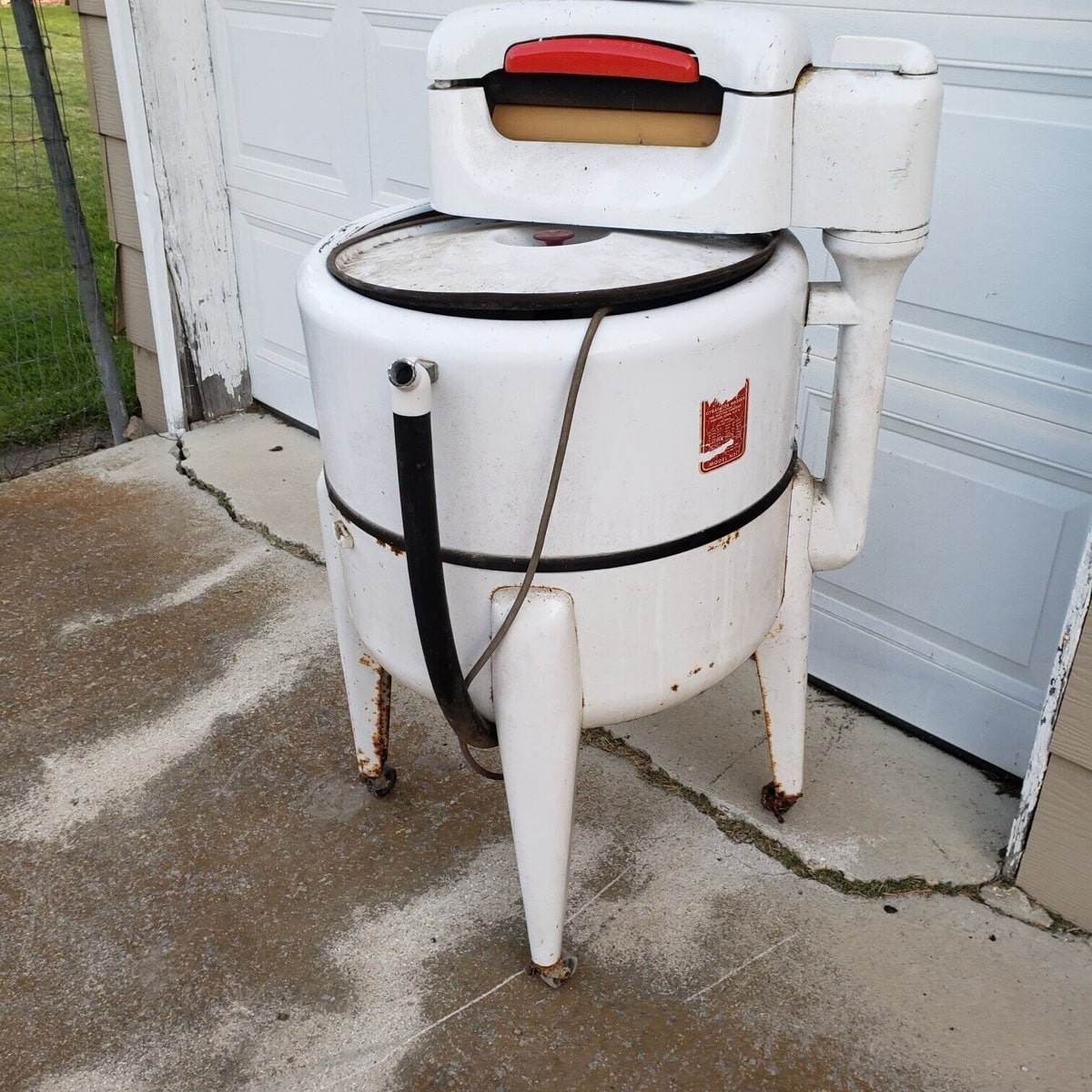
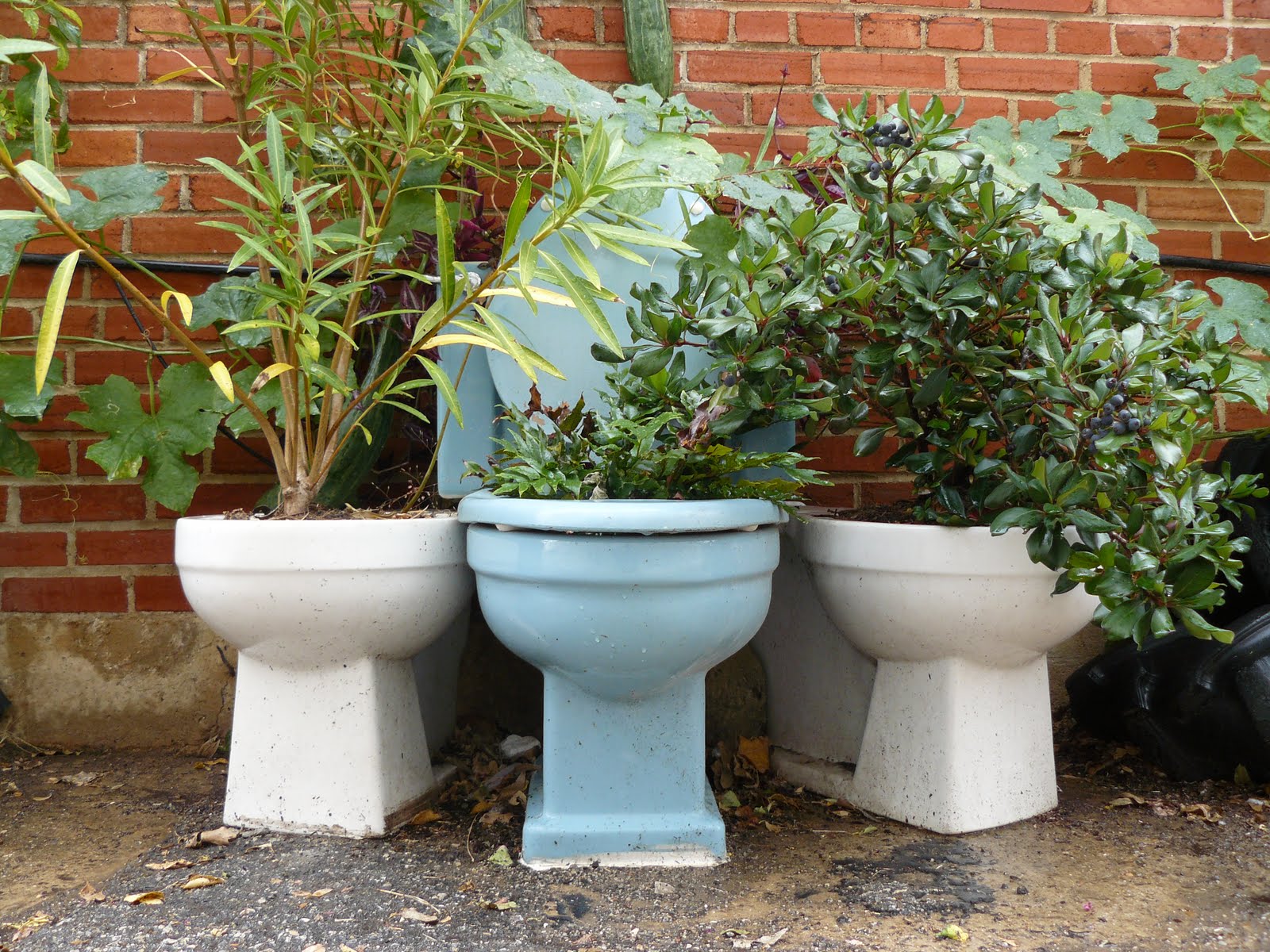
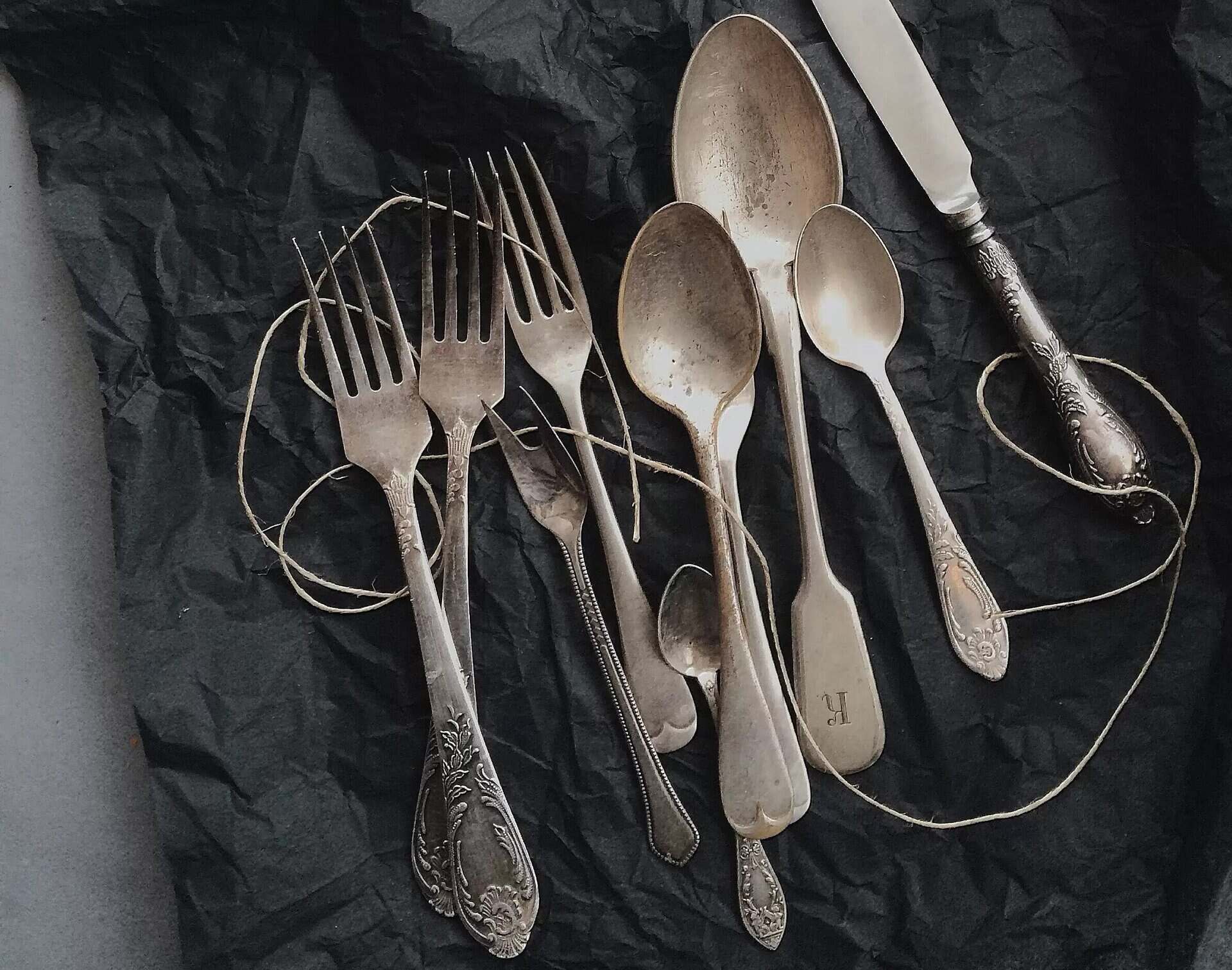

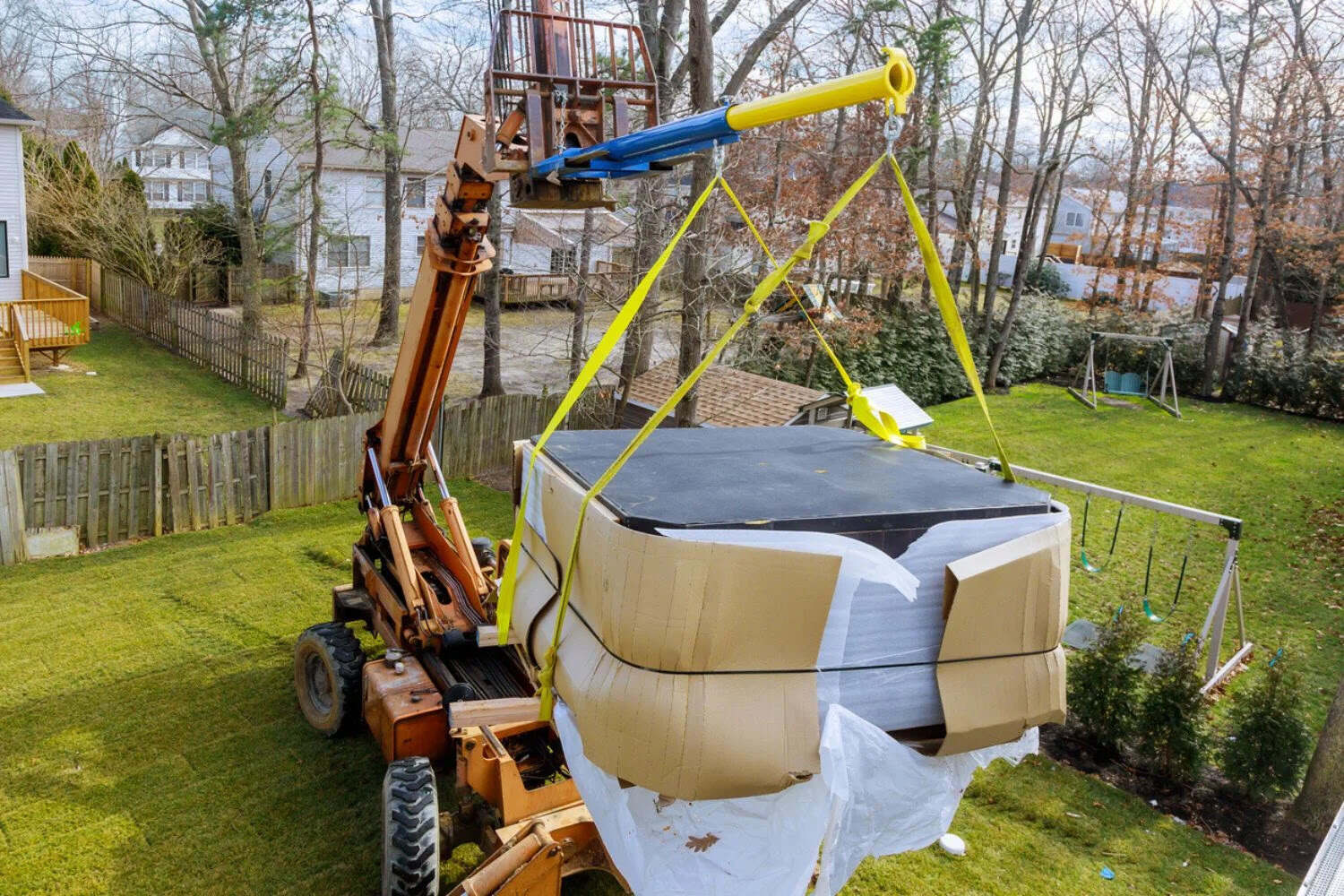
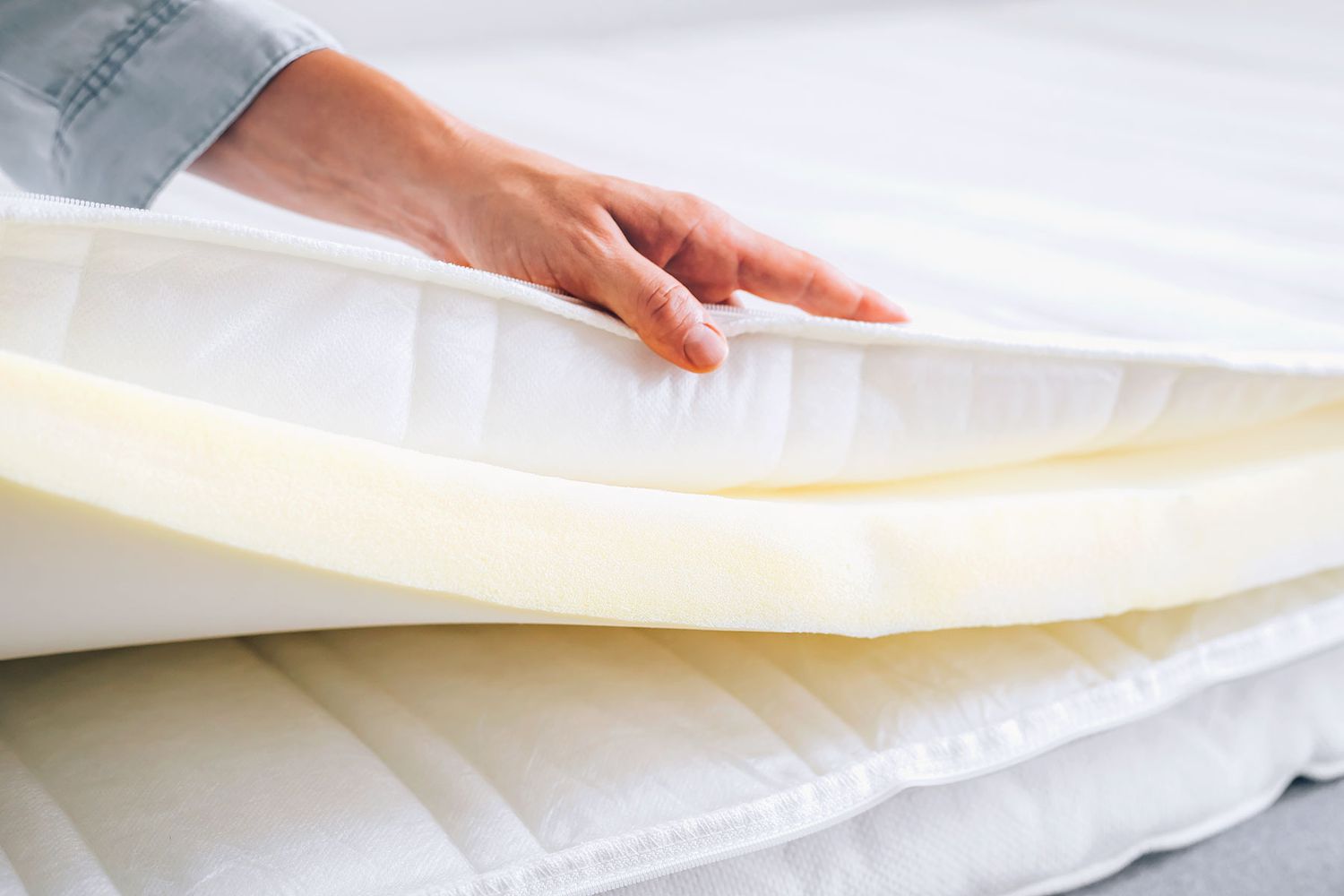
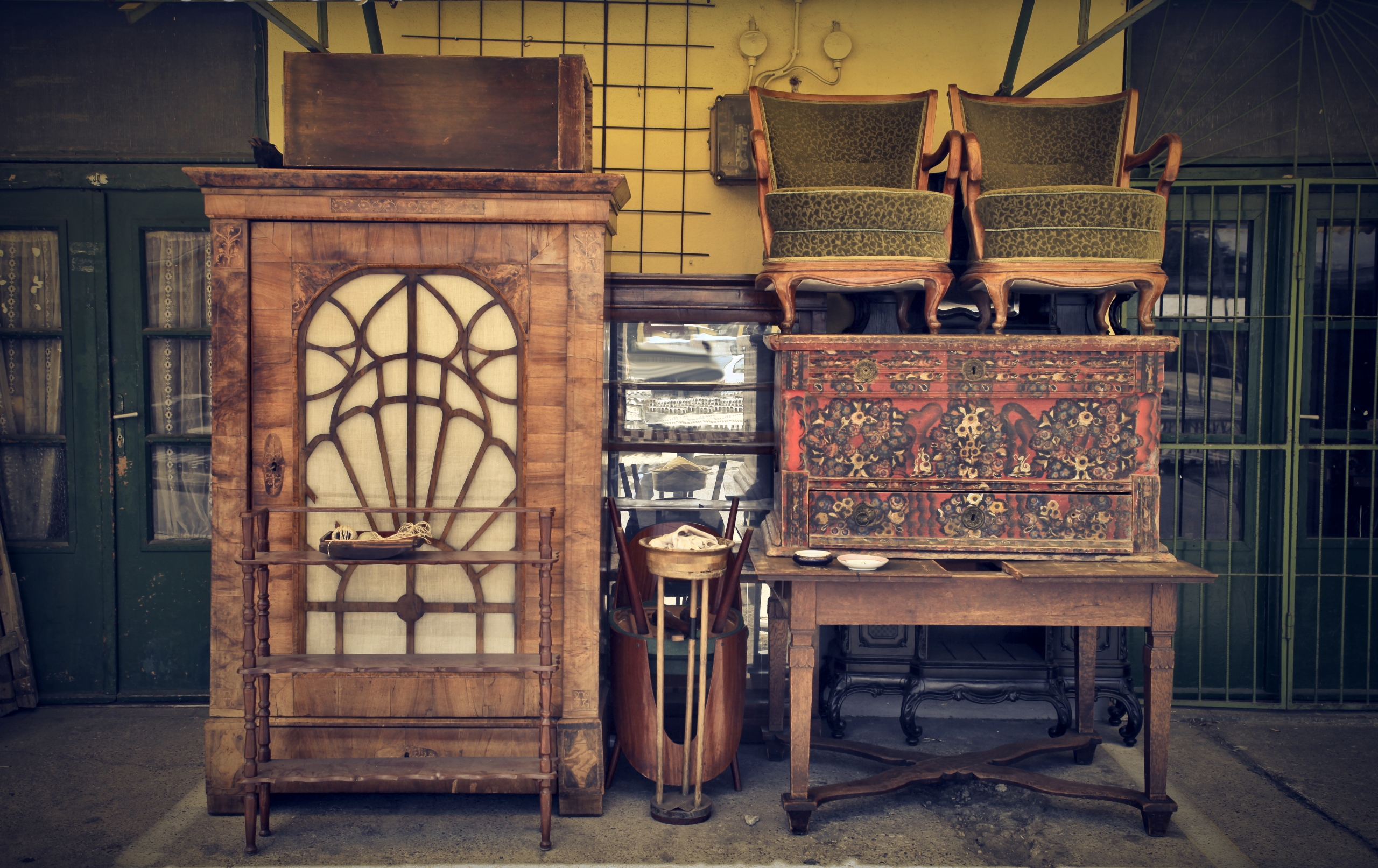


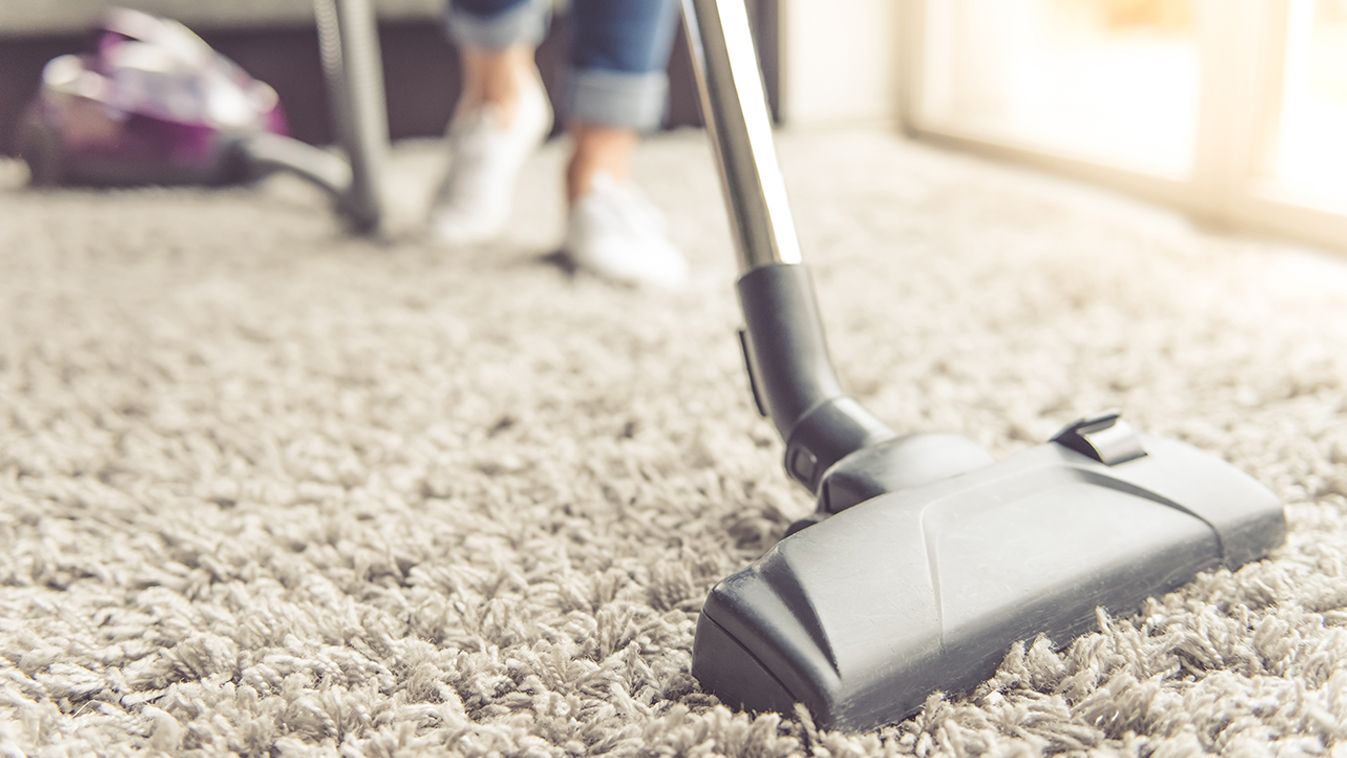
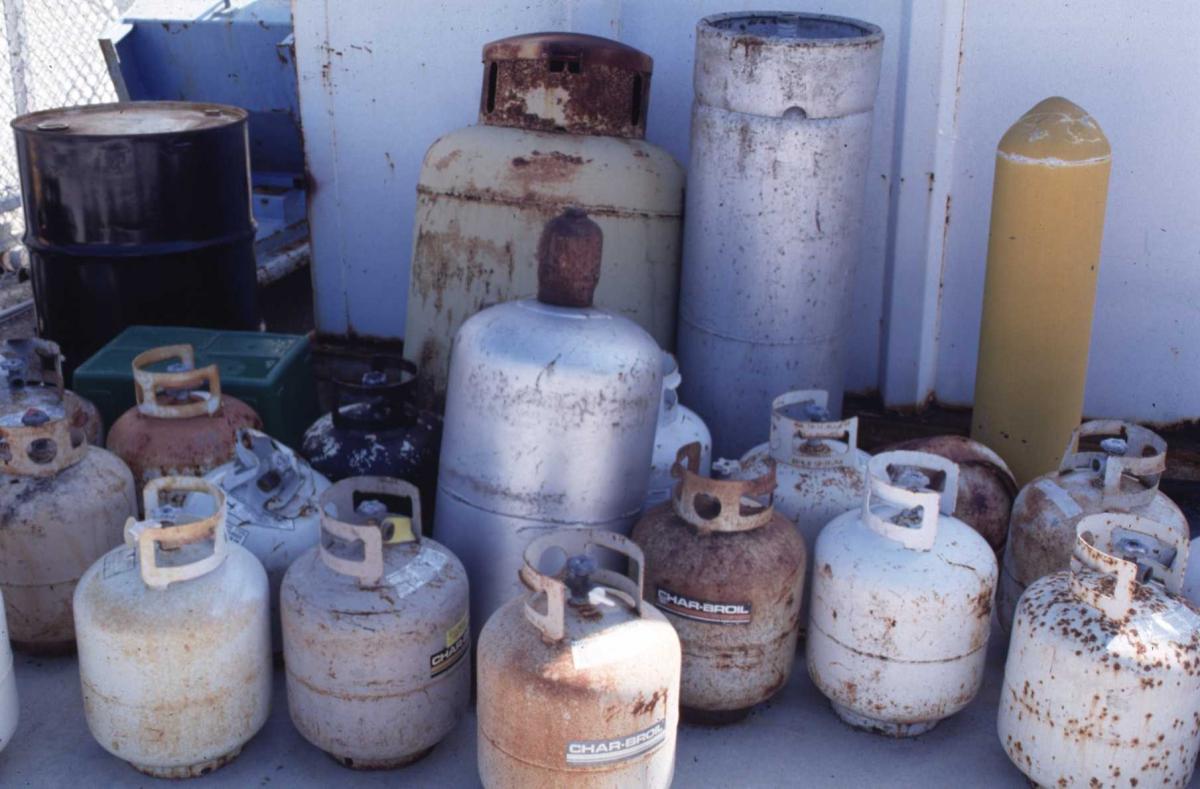

0 thoughts on “How To Dispose Of An Old Washing Machine”